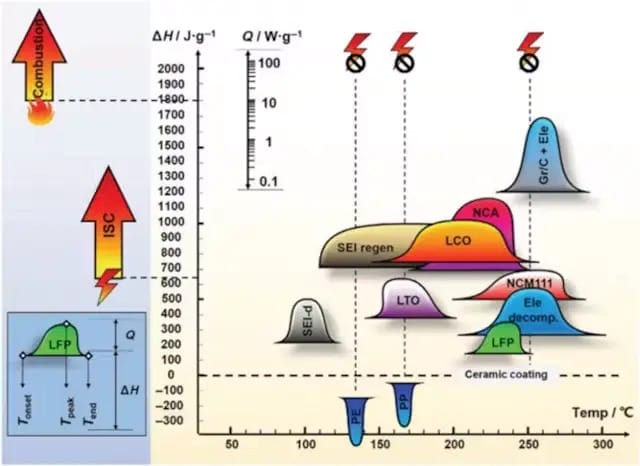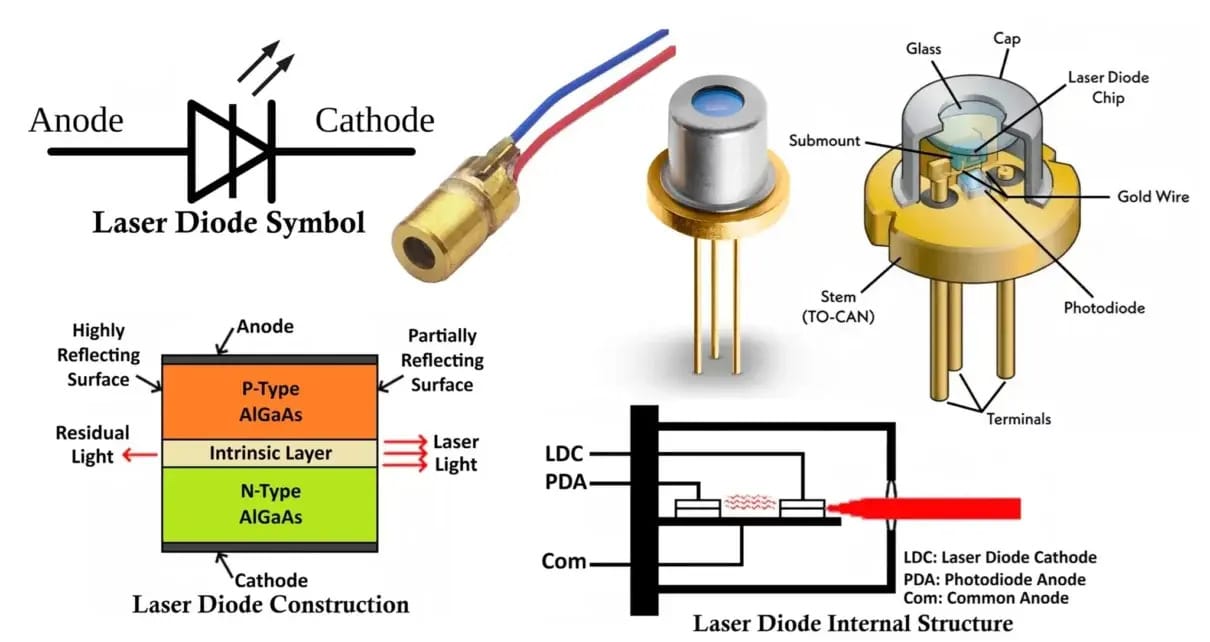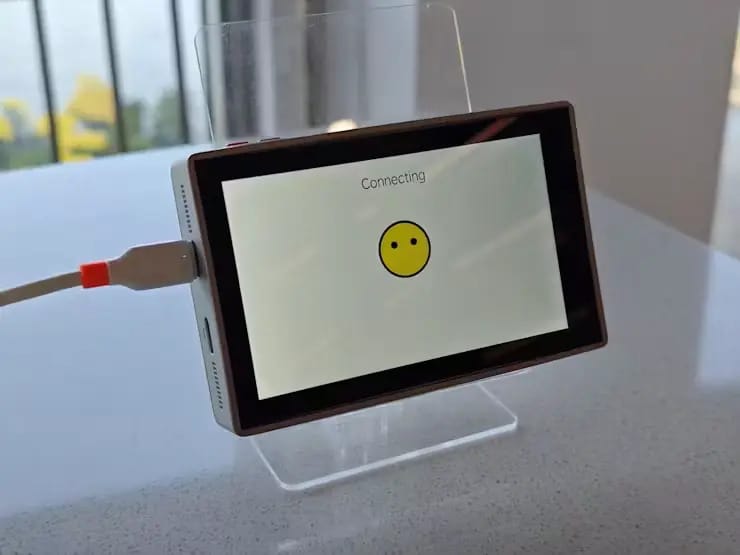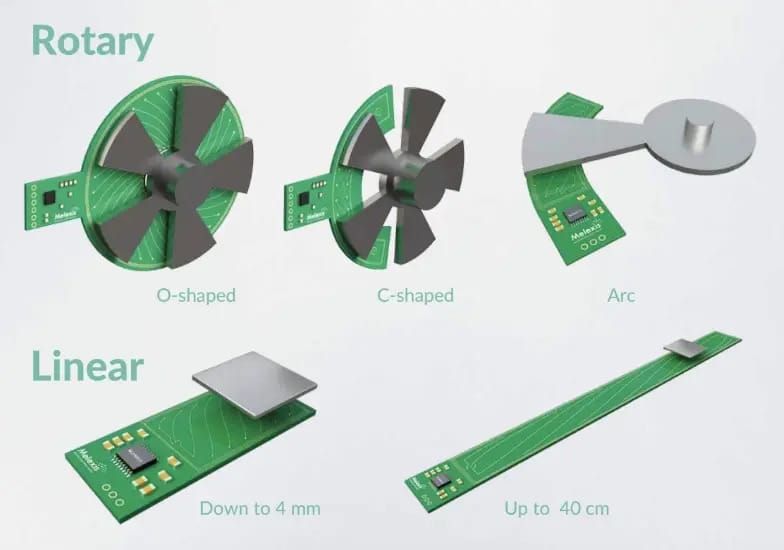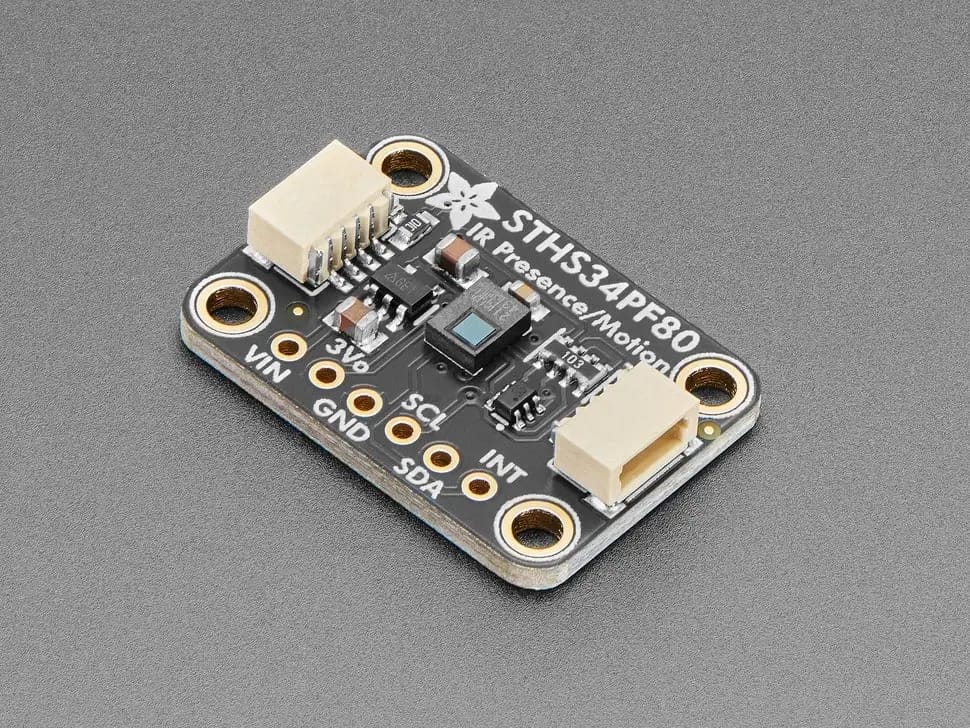- VoltJots | Electronics and IoT
- Posts
- VoltJots | Electronics and IoT
VoltJots | Electronics and IoT
Issue 65

Welcome to the latest edition of the VoltJots newsletter, linking you to the very best electronics and IoT news, products, and projects.
Hope you enjoy! Until next week,
VoltJots
NEWS & ARTICLES
Before the µA741, op amps like the μA709 needed careful external compensation to avoid oscillations, but the 741’s built-in frequency compensation made analogue circuits simpler and more reliable.
A new soft lens made from light-sensitive hydrogel mimics the human eye by changing shape to adjust focus when illuminated, replacing bulky rigid lenses with flexible, muscle-like polymers.
The Institute for Artificial Intelligence at Peking University built a scalable analogue matrix chip using RERAM that matches digital computation accuracy and vastly improves analogue precision.
Lithium-ion batteries can ignite without warning due to thermal runaway, causing fires that disrupt facilities and damage personal devices; incidents have surged worldwide, highlighting the dangers behind these popular power sources.
Laser diodes use advanced semiconductor structures and current control to emit monochromatic, directional light through stimulated emission, making them essential in fibre-optic networks, optical scanners, and other precision devices.
Saving on PCBs means selecting the right maker, simplifying your layout, and using standard materials. Bulk buying, easy assembly, and early testing help too, so you get quality boards without blowing your budget.
Researchers have built carbon nanotube MOSFETs that run beyond 1 THz, smashing past silicon transistor speeds and opening doors to ultra-fast wireless, computing, and radar tech.
From Back Diode to Zener Diode, diodes come in many varieties beyond the basic two-lead device, each with unique uses and schematic symbols that can vary depending on the application.
PROJECTS & TUTORIALS
Build an ESP-DIVE submarine that streams live video through its bubble cam, while you steer and control its depth via your phone. It comes with full code, waterproofing advice, and detailed build steps.
The TF-Luna ToF LiDAR uses laser pulses to measure distances quickly and accurately, and you can set it up on Windows, ESP32 S3, or Raspberry Pi Pico to see it in action.
Designed for real mechanical loads, this board powers linear actuators forwards and backwards while keeping an eye on current to prevent damage. It connects over I2C, letting you run several actuators on one bus.
This mini power supply uses the ZK-4KX module and a HW-398 PD decoy board to pull adjustable voltages from a USB-C source. It defaults to 5V but can step up to 20V with reduced current.
Using a Xiao esp32 s3 and some clever maths, this compass lights LEDs arranged in a circle to indicate the direction of the Milky Way’s centre, while the LED colour reveals its altitude above or below the horizon.
Discover how to invert voltages using circuits that create negative rails from positive supplies and positive rails from negative sources, useful for powering op amps and safely controlling MOSFET gates.
This mini UPS is a compact, affordable build that keeps your WiFi router running when the power cuts out.
Learn what PWM frequency and resolution mean on STM32, how they relate, and how to configure them to get the output you want.
PRODUCTS
Edgi-Talk is a polished, open source device built around Infineon’s PSOC Edge E84 chip, featuring Cortex M55 and M33 cores plus a neural engine. With 128 MB PSRAM and flash, it handles advanced AI workloads on the edge, making it perfect for smart assistants or sensor hubs you can tweak yourself.
Renesas has rolled out 1GHz Cortex-M85 microcontrollers offering 7,300 Coremarks, with an optional 250MHz Cortex-M33 co-processor that handles system tasks while the main core sleeps, all built on a 22-nm low-power process.
Melexis’ inductive sensor IC reads two coil inputs together and computes angle measurements internally, making automotive position sensing faster and less complex by reducing the need for separate chips.
The AX-PKT01 lets you pick any voltage your USB-PD adapter supports, showing max voltage, current, and power on an easy OLED display. It’s portable with banana jacks and a USB-C port, plus a rotary wheel to scroll through options.
Unlike typical bulky PIR sensors, the STHS34PF80 offers precise IR presence and motion detection up to 4 meters without a lens. It provides rich I2C data including IR intensity and temperature, mounted on a STEMMA QT PCB with voltage regulation and level shifting for plug-and-play use with microcontrollers.

Thanks for subscribing and reading. If, however, you are not a subscriber, and you would like to receive this newsletter in your inbox, then hit the subscribe button now — it’s free, and you can unsubscribe any time you like.

